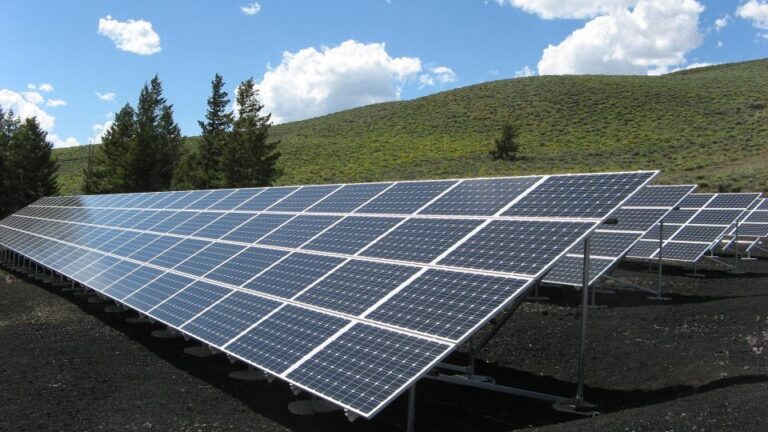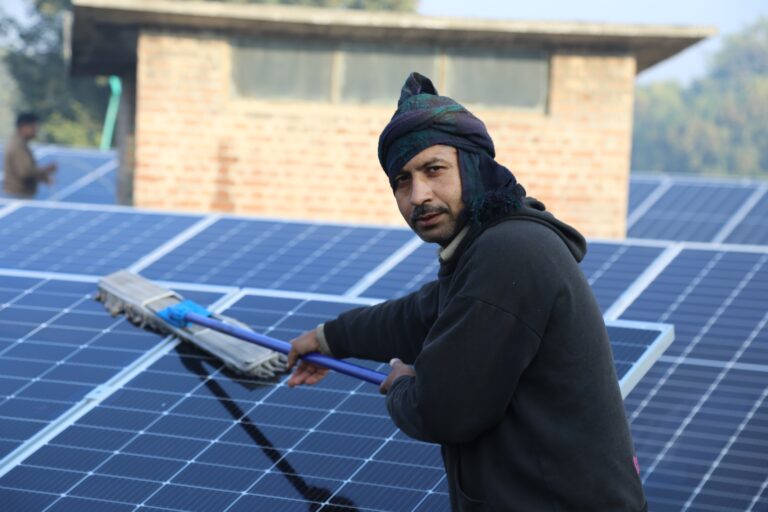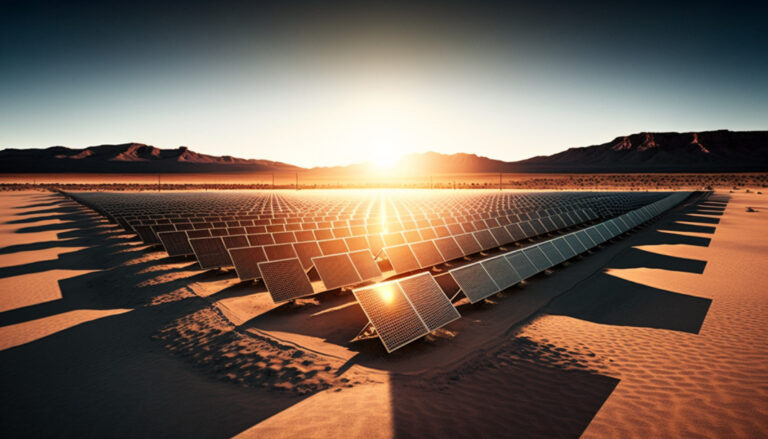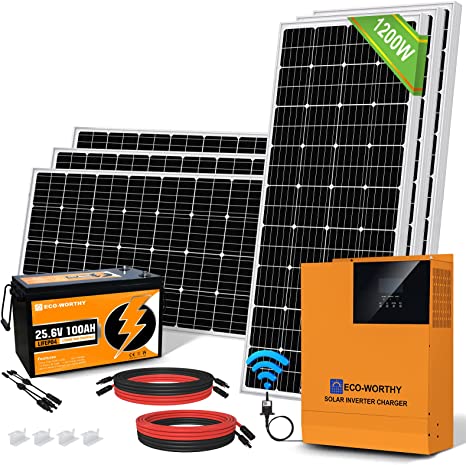How Much Do Solar Panels Cost?
Solar energy has grown in prominence in recent years, and with it, so has the desire for solar panels. As a consequence, individuals are wondering how much solar panels cost. In this blog article, we will go over the factors that influence the cost of solar panels in depth. You will have a greater grasp of the cost of solar panels by the conclusion of this post and will be able to make an informed choice.
Table of Contents
The Cost of Solar Panels
Solar panels have grown in popularity in recent years as a means of lowering energy expenses and promoting ecology. The expense of solar panels, on the other hand, can vary significantly based on a number of variables.
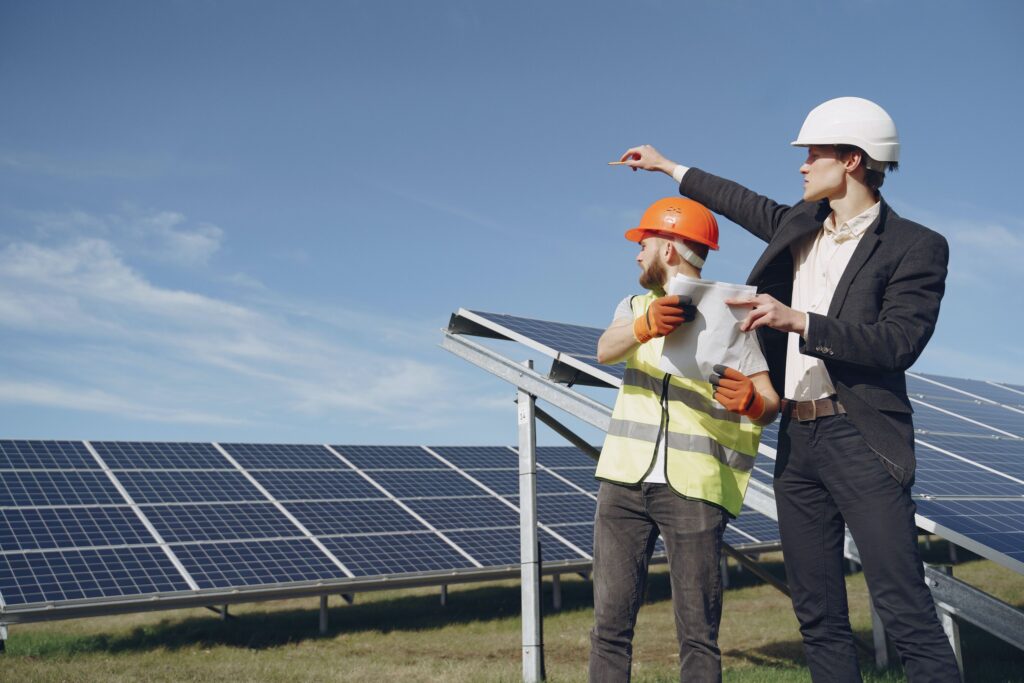
System Dimensions
The size of the system is one of the most important variables influencing the expense of solar cells. The bigger the infrastructure, the higher the cost. Larger systems, on the other hand, can produce more energy, which can result in higher long-term savings.
Brand
The expense can also be influenced by the manufacturer of solar panels. Some companies are more costly than others, but they may provide better quality and more efficient panels. It is critical to conduct study and compare various brands in order to find the best choice for your requirements and money.
Fees for Installation
Solar panel installation costs can also increase the cost of the panels. Finding a reputable installer who can provide a comprehensive estimate that includes all implementation costs is critical. Some installers may provide funding to help make the initial cost more doable.
Maintenance
Solar panels, like any other device, require maintenance to guarantee correct operation. Cleaning the panels, inspecting them for harm, and changing any faulty components are all possible. Maintenance costs should be incorporated into the total expense of the system.
Location
The expense of a solar panel device is also affected by its location. In areas with more sunshine, fewer panels are required to produce the same quantity of energy, which can result in reduced costs. Areas with greater installation expenses or stricter laws, on the other hand, may raise the total cost.
Types of Solar Panels
Solar panels are a necessary part of any solar energy setup. They are in charge of converting sunlight into energy, which is then used to power houses and companies. Solar panels are classified into two types: monocrystalline and polycrystalline. The distinctions between these two kinds of solar panels will be discussed in this essay.
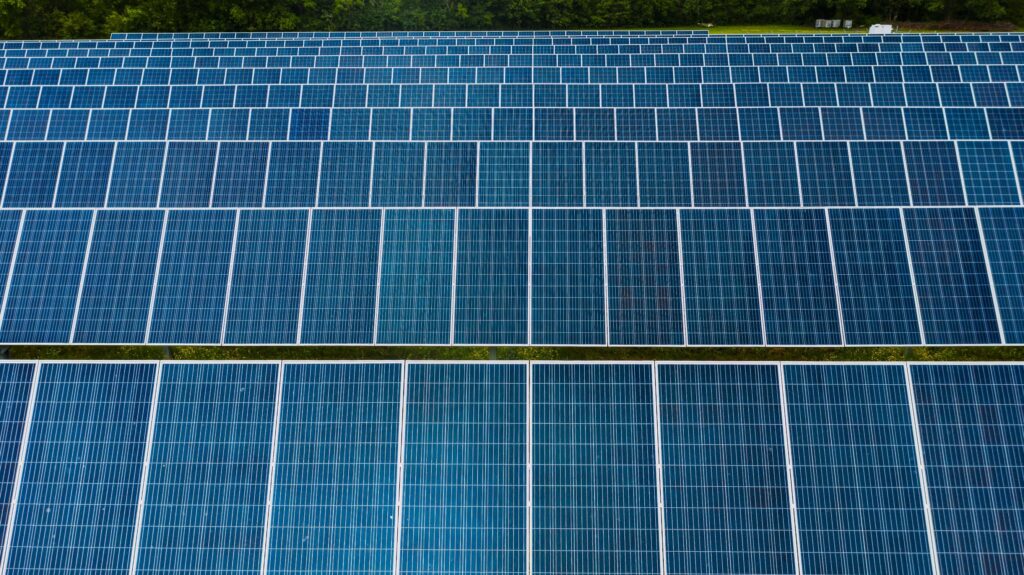
Panels Monocrystalline
Monocrystalline screens are composed of a single silicon crystal. Because of their greater energy conversion rate, they are thought to be of better quality than polycrystalline panels. As a result, they can generate more energy per square inch than polycrystalline screens. Monocrystalline panels are also more effective in low-light environments, making them perfect for regions with limited sunlight.
Panels Polycrystalline
Polycrystalline panels are composed of numerous silicon crystals. They are less costly than monocrystalline panels, but they take up more real space and produce less energy. This implies that more polycrystalline panels are needed to generate the same quantity of energy as fewer monocrystalline panels.
Polycrystalline panels are also less efficient in low-light situations, so they may not be appropriate for regions with little sunlight. They are, however, a good choice for those on a tight budget who want to implement a solar energy system without breaking the bank.
Exploring Solar Panel Financing Options
The initial expense of solar panels can be a major obstacle for those interested in renewable energy. Fortunately, there are several financing choices accessible to help customers decrease the strain on their budgets.

Power Purchase or Lease Agreements
Leasing solar panels or entering into a power purchase arrangement is one possibility. (PPA). The solar business holds the modules under a contract and costs a monthly fee for their use. The solar firm owns and manages the panels under a PPA, and the user promises to buy the energy generated at a fixed rate. Both choices can provide instant energy bill savings without incurring the upfront cost of buying the panels.
Loans for Home Equity
Another alternative is to finance the acquisition of solar panels with a home equity loan. This form of loan enables residents to borrow against their home’s value and repay the debt over time. While this option may have a lower interest rate than other funding options, the individual must have enough wealth in their house.
Solar Finance
Solar loans are another type of funding available to residents, allowing them to borrow money especially for the purchase and installation of solar panels. These loans may have higher interest rates than home equity loans, but the resident is not required to have equity in their house. Furthermore, some solar financing may include tax breaks or refunds to further lower the cost of the panels.
Incentives and Rebates
Incentives and refunds are important instruments for promoting the use of solar energy devices. These benefits include tax credits, grants, and cash-back incentives, all of which can greatly lower the cost of putting solar panels.
Government incentives and rebates differ by region, so it is critical to investigate the incentives and rebates accessible in your area. This study will assist you in understanding your eligibility for rewards and rebates, as well as how to file for them.
The federal solar tax credit, which enables homeowners to receive a tax credit of up to 26% of the overall cost of their solar panel system, is one of the most frequent incentives. This tax benefit will be accessible until the end of 2022, after which it will be phased out.
In addition to the federal tax refund, many states and municipalities provide bonuses and rebates. California, for example, has the California Solar Initiative, which gives monetary incentives to homeowners who put solar panels. Other states provide property tax breaks, sales tax breaks, and other benefits to promote the use of solar energy devices.
It is also critical to investigate any energy company incentives that might be accessible. Customers who install solar panels may be eligible for rebates or other benefits from their energy company. These incentives can differ based on the utility provider and location, so it is critical to investigate the choices accessible in your area.
Conclusion: The Cost of Solar Panels
When the various variables that impact the cost of solar panels are considered, it is obvious that this purchase requires careful consideration. The total cost is determined by the size of the system, manufacturer, installation fees, upkeep fees, location, and type of solar panel.
There are, however, methods to decrease the investment required to make the transition to solar energy. Solar panels can be made more reasonable by selecting the correct funding option and studying available incentives and rebates in your area.
Regardless of the original expenditure, solar panels are a great long-term investment. They can result in substantial savings over time while also lowering your ecological impact. You can decrease your dependence on conventional energy sources by generating your own electricity and possibly selling surplus energy back to the grid.
To summarize, while the expense of solar panels may appear intimidating at first, it is critical to consider the long-term benefits and possible savings. Switching to solar energy can be a smart and sustainable option for both your pocketbook and the earth if done properly.

